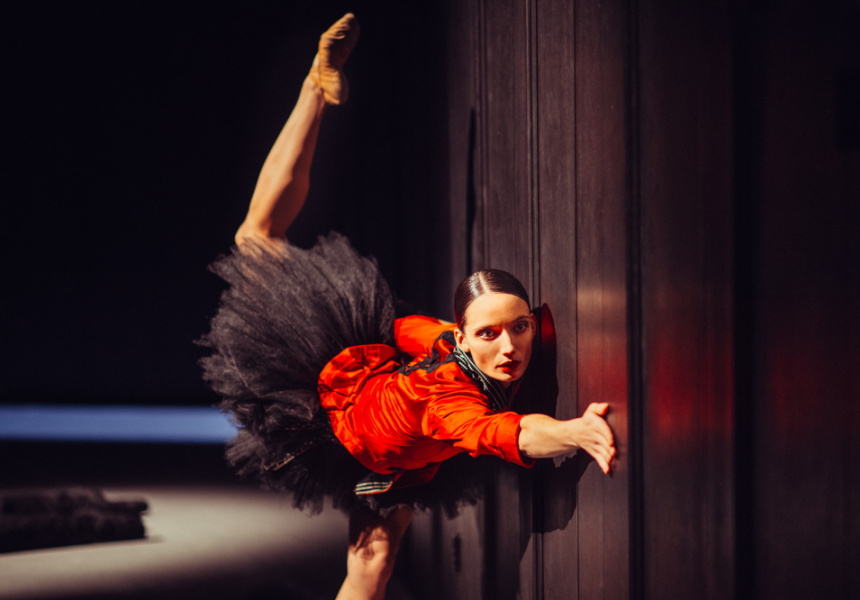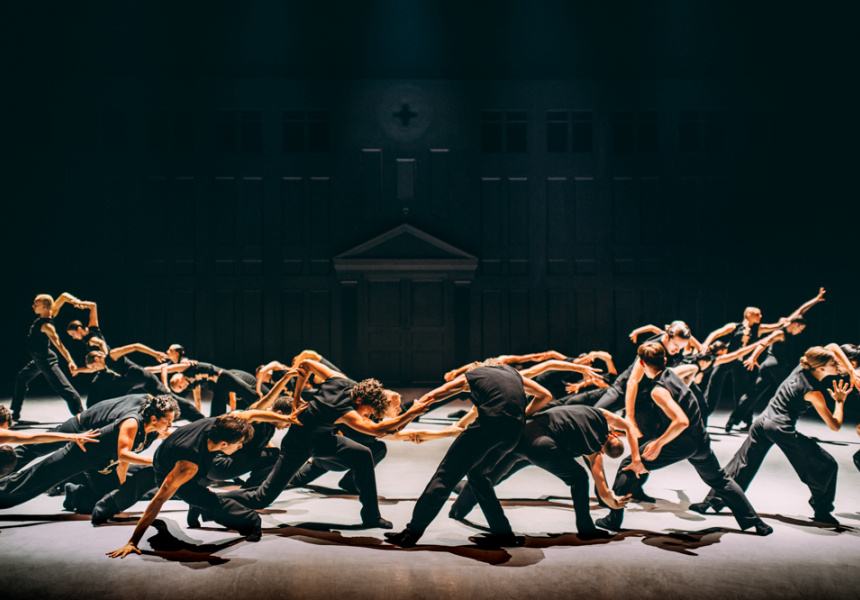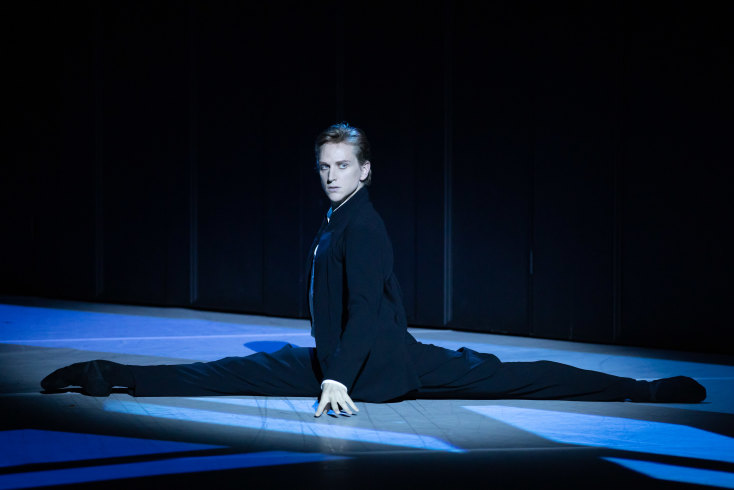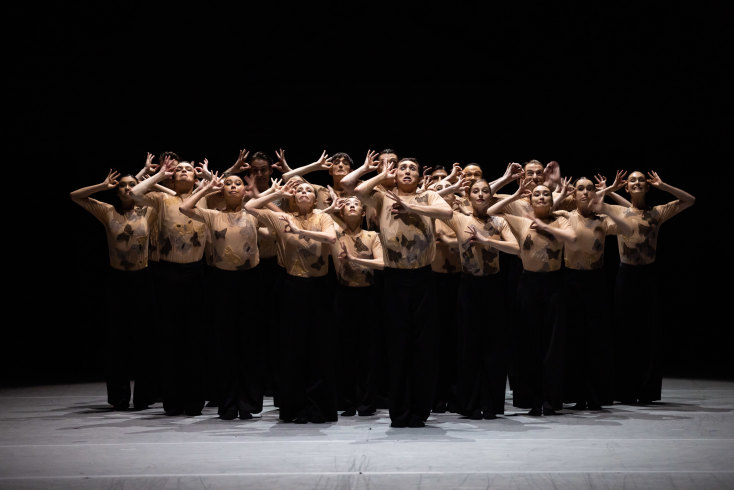Malchkeon and Regina could not agree more as Kunstkamer was already the most talked-about event on the Australian dance calendar before David Hallberg decided to put his dance shoes back on…
Tatranka aka Kanstkamer: Dancing is like dreaming with your feet!
Don’t miss this tour de force from the Australian Ballet
How exciting to see the technical skills of the Australian Ballet’s dancers stretched further into contemporary movement. Not only can they do it, they do it creatively and convincingly.
Kunstkamer is a celebratory work made by the Nederlands Dans Theater for its 60th anniversary. It involves four choreographers, a huge cast – more than 40 dancers on stage at once sometimes – and an unlikely cross-section of music, from Beethoven to Janis Joplin.
The title refers to an 18th century cabinet of curiosities – a collection drawn from nature that would later become a museum.
What you might interpret from this is up to your imagination. I have to confess I was so busy absorbing, admiring and enjoying the movement that I mostly failed to feel emotions the predictive publicity had promised.
Be that as it may, this is a mighty production that was nicknamed a “beautiful monster” by its makers. They are not wrong. It is all over the place in its wildly different components, yet it comes together amazingly well.
The key to that is the combined forces of will and skill among its creative team and the dancers who bring it alive. On opening night, they were collectively outstanding, including the company’s artistic director, David Hallberg, returning to the stage in a pivotal appearance that was largely symbolic but demanded a significant amount of dancing that was impressively performed.
The work’s early stages, in choreography by Sol Leon to Beethoven, have distinct classical ballet references amongst more flowing, rounded contemporary dance moves. Things change rapidly when the sound of Janis Joplin and the choreography of Marco Goecke take over. It is characterised by small, fidgety moves with lots of personality, especially in his witty response to Johan Strauss later in the piece.
Sol Leon’s choreography returns in a glorious duet of intimate action to exquisite music by Arvo Part. While its conclusion was not unexpected – the couple going in opposite directions – this was an emotional moment.
There is humour scattered throughout, occasionally in spoken word and sounds from the dancers. (I am sure I heard chook noises along with Beethoven at one point.) The dancers also sing as a choir.
There is, too, a wonderful lightness in some of the choreography, particularly from Paul Lightfoot, who was the prime mover in this project. In contrast, tight groups of the ensemble and dazzling lines that surround then criss-cross the stage, suggest tensions.
Halfway through second part we get a contribution from the inspiring Crystal Pite with an onstage pianist playing Schubert. She creates an organic sense of movement among individuals and a group, the one that came closest to my idea of the title, and I wished for more.
All elements of presentation combine to make the whole exceptional. Set design is a towering wall with windows and doors that let in light and performers. Changes of black costume often leave arms uncovered to accentuate their moves in shadowed lighting. The Opera Australia Orchestra, conducted by Nicolette Fraillon, plays the varied repertoire with enthusiasm and vivid colour.
Don’t miss it.
And the music was amazing …
CODA: Opera House brings all kinds of entertainment - 2CELLOS - LIVE at Sydney Opera House




